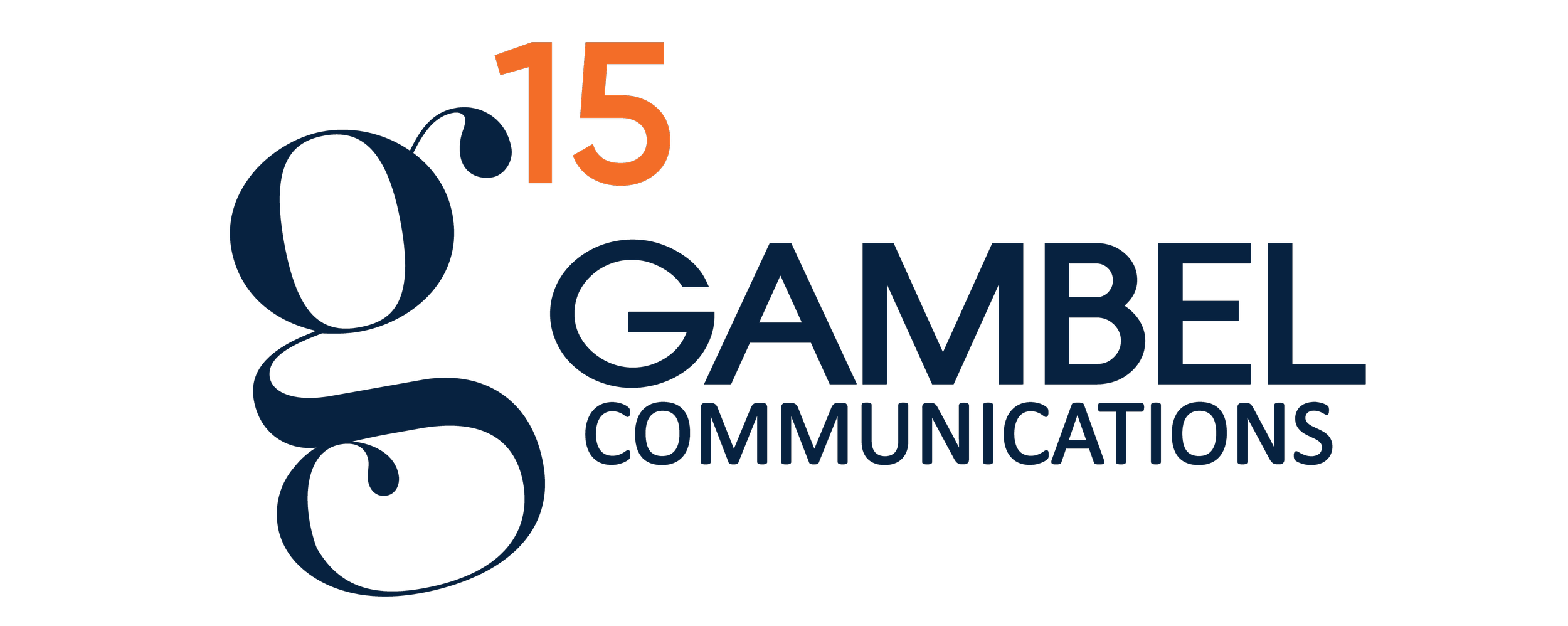“A Mystic Brotherhood: Fraternal Orders of New Orleans”
New THNOC exhibition looks inside a sometimes-hidden history that helped shape today’s city
NEW ORLEANS — For centuries, Freemasons, Odd Fellows and other similar fraternal organizations have contributed to the network of benevolent and mutual aid societies that cradle New Orleans’s social, cultural and civic life. Dedicated to building friendship and understanding through a mission of charity, education and goodwill, the first of these orders was established locally in the 18th century, and more than a dozen chapters, or “lodges,” remain active in the city today.
Through images and objects drawn from The Historic New Orleans Collection’s holdings, “A Mystic Brotherhood: Fraternal Orders of New Orleans,” exhibition on view Dec. 8, 2023, through May 10, 2024, explores the sometimes-hidden history of these organizations and illuminates how they helped shape today’s city. Visitors will meet many familiar names from New Orleans history as they survey the narrative, including William C. C. Claiborne, Oscar J. Dunn and Homer Plessy—all lodge members—as well as learn about the many landmarks across the cityscape in which the history happened.
“Fraternal comes from the Latin word for brotherhood, and that’s what they’re about,” says Family Historian Jari C. Honora, who co-curated “A Mystic Brotherhood” with chief curator Jason Wiese. “The Freemasons, as they say, ‘make good men better,’ by offering a series of progressive degrees that each come with some sort of moral lesson. By engaging with the degree work, it inculcates a stronger sense of brotherhood—not only among the members but also with their families and communities.”
Masonic and Odd Fellows lodges became a familiar and integral part of life in the city for both white and Black New Orleans men by the mid-19th century. (Though women were excluded from joining the all-male lodges, there were auxiliary groups for them.) Between the Civil War and the early 20th century, they would be joined by lodges of the Knights of Pythias, the Benevolent and Protective Order of Elks, Knights of Columbus and others.
Beyond the bonds of fellowship, these fraternal lodges provided practical benefits to their members. In times of sickness, members received relief payments to compensate for their inability to work. The lodges also covered the costs of medical care, prescriptions and funerals for their members, providing vital support to their beneficiaries. This economic impact extended to undertakers, physicians, druggists, printers and regalia manufacturers, as well as the brass bands that performed during funerals and annual parades.
“A Mystic Brotherhood” is a companion exhibition to “Mystery and Benevolence: Masonic and Odd Fellows Folk Art,” a traveling exhibition that will be on view at THNOC from Feb. 16 to May 10, 2024. “Mystery and Benevolence” was organized by the American Folk Art Museum, New York, from the Kendra and Allan Daniel Collection and is toured by International Arts & Artists, Washington, DC.
WWL-TV is media partner for “A Mystic Brotherhood,” which is on view on the second level of THNOC’s Tricentennial Wing at 520 Royal St. Admission is free. Advance reservations are recommended. For more information and to reserve tickets, visit hnoc.org.
###
About The Historic New Orleans Collection
Founded in 1966, The Historic New Orleans Collection is a museum, research center and publisher dedicated to the stewardship of the history and culture of New Orleans and the Gulf South. For more information, visit www.hnoc.org, call (504) 523-4662, or follow THNOC on Facebook, Instagram and YouTube.


